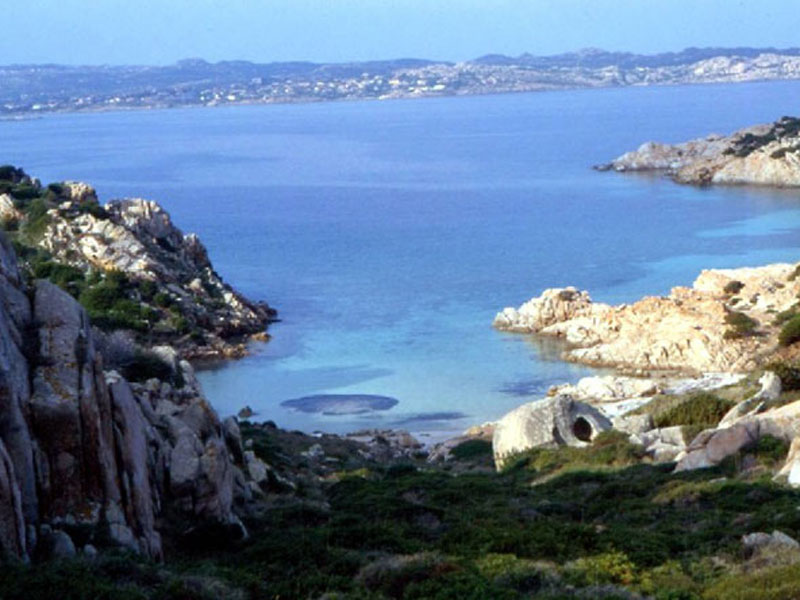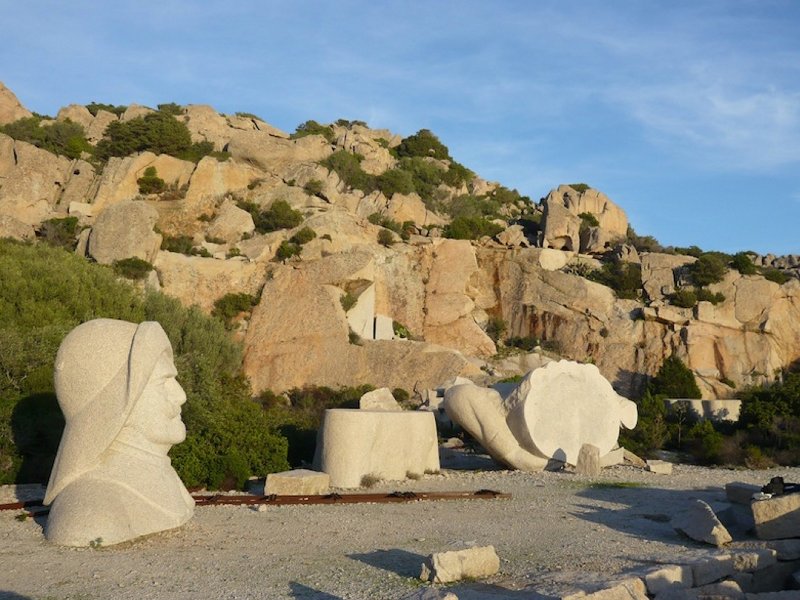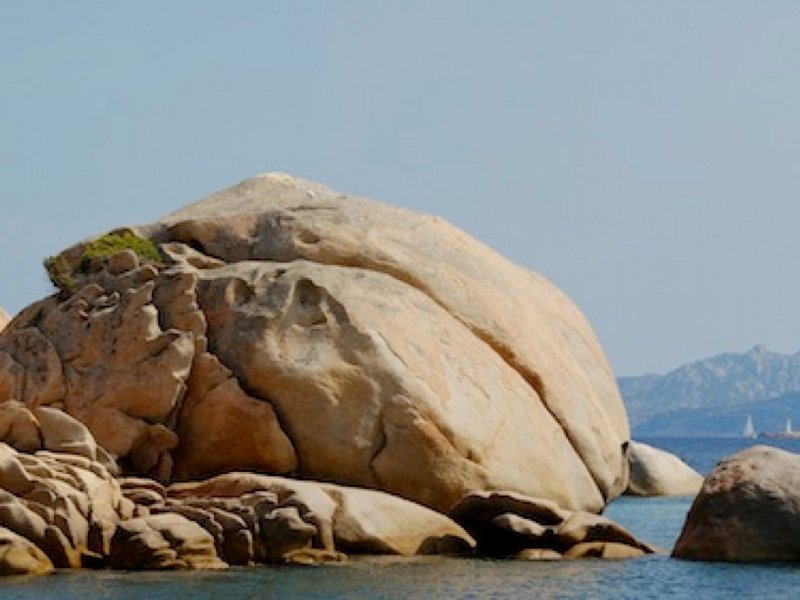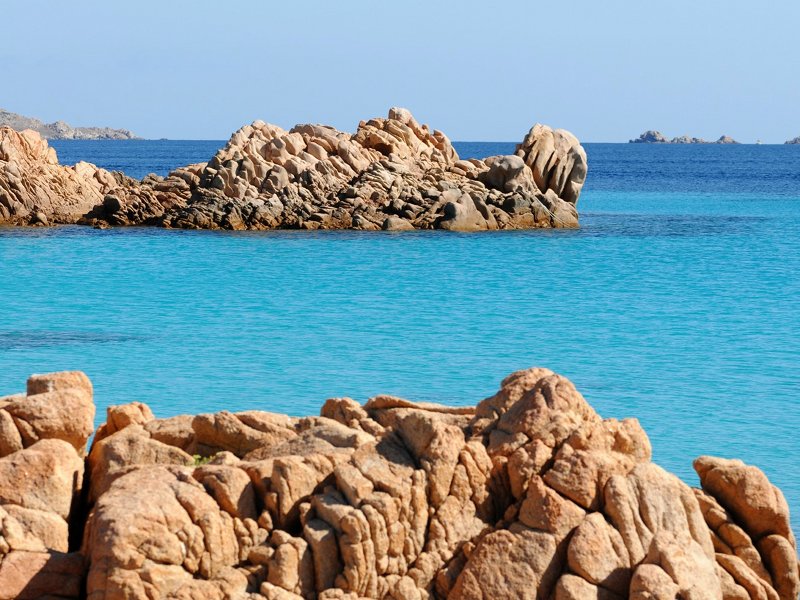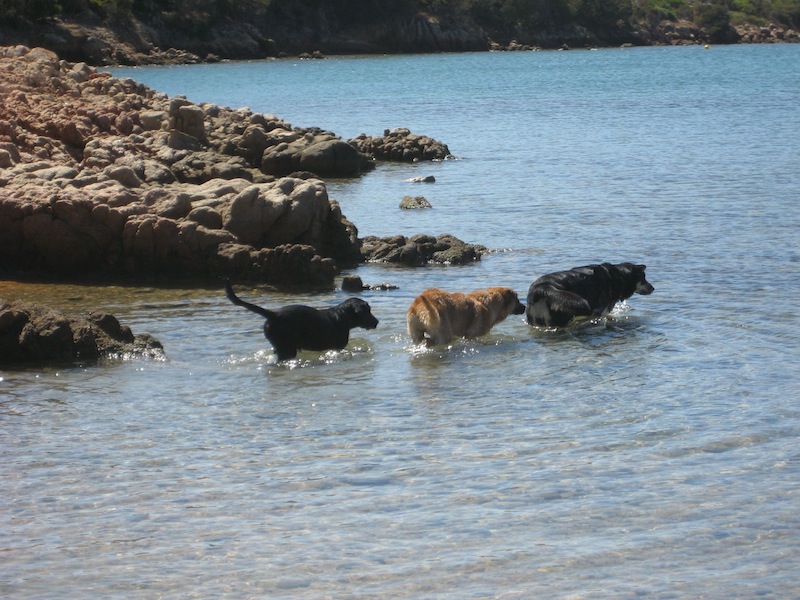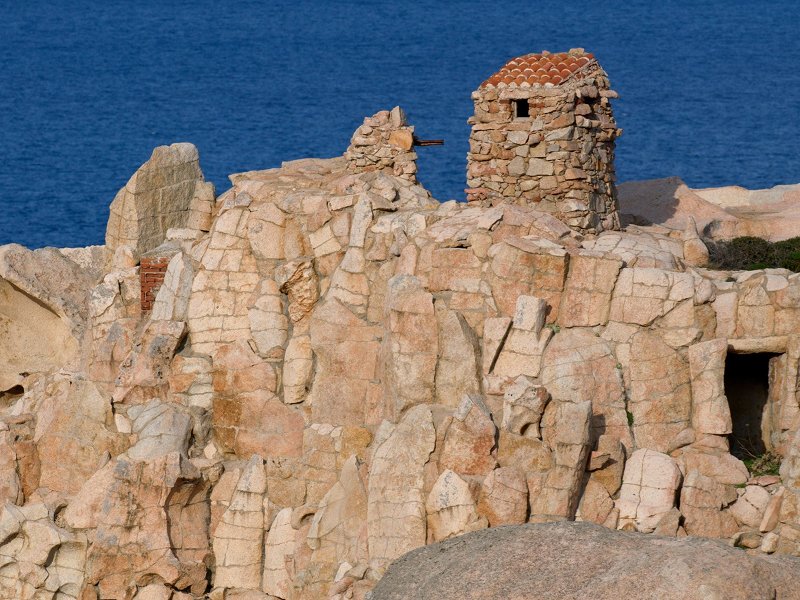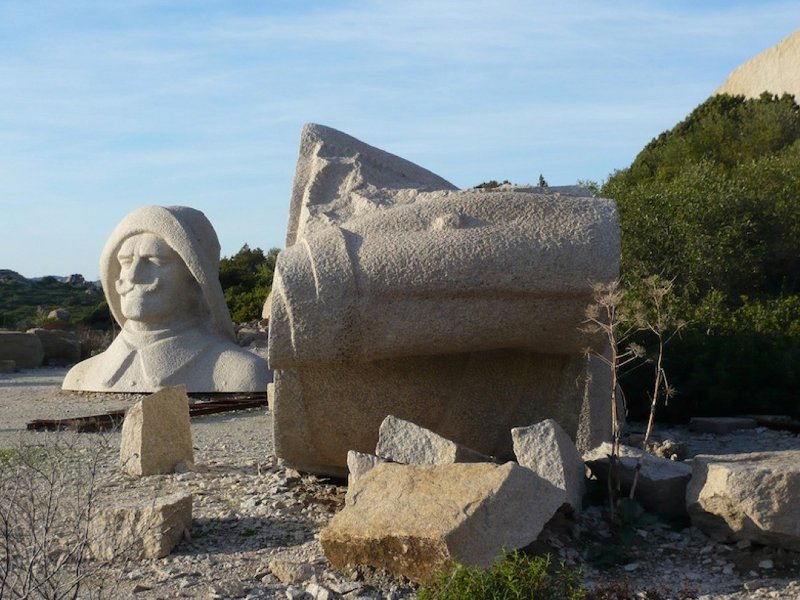Parco Nazionale dell'Arcipelago di La Maddalena
www.lamaddalenapark.itPoints of Interest
The Most Famous Beaches of the Mediterranean
With its 180 km of coasts, the Archipelago includes some of the most famous and charming beaches of the Mediterranean: in particular, Spiaggia Rosa (the pink beach) and Spiaggia del Cavaliere in Budelli, the beaches of Cala Coticcio and of the Relict in Caprera, Cala Corsara and Cala Granara in Spargi are worth a mention.
Inlets and bays are unique landscape features: they represent several natural landing stages always offering a safe shelter to the seafarers. Inlets and bays are strictly linked to the colors of the sea for which the Archipelago is famous all over the world, in particular Porto Madonna, Cala Corsara, the Beach of Cala Lunga di Razzoli, Santa Maria, Cala Coticciu.
The islands of the Archipelago are the result of geological processes that began with the Hercynian orogeny in the late Paleozoic era. A series of long moments of continuity alternating with transgressive-regressive sea level cycles during the Mesozoic and Tertiary eras, combined with tectonic uplift and subsidence phenomena involving the whole region have favored marked geomorphic processes with the formation of broad leveling surface areas both above and under the current sea level, on which inselberg and thor-shaped relief, as well as terraced surface areas remain as evidence.
The Islands
The 62 islands and islets forming the Archipelago cover a surface area of 5,134 ha, 15,046 ha in the sea. The National Park covers - including land and marine areas - 20,180 ha, with a coastal development of 180 kilometers. La Maddalena, mother island and capital of the homonymous Archipelago, is the Park gateway. It is the one and only inhabited island, except for the village of Stagnali in Caprera Island and the settlements of Santa Maria. Caprera: Garibaldi's island. After La Maddalena, it is the second island of the Park for size, but it is the first one for the beauty of its coasts and beaches and for its particular flora. Budelli Island is considered one of the most beautiful islands of the Mediterranean, as well as symbol of Arcipelago di La Maddalena National Park, since it houses one of the most significant environmental sites of the area: Spiaggia Rosa (the pink beach). Razzoli and Santa Maria Islands are nearly united to Passo degli Asinelli. Razzoli Island lies in the northernmost section and is striking for its imposing cliffs and the shapes of its rocks, resembling Henry Moore's sculptures.
Nibani, Mortorio, Soffi and Camere are three islands situated in the south-east of the Archipelago, in front of Costa Smeralda, a few miles from Porto Cervo and Porto Rotondo, an ideal destination for yachtsmen. Spargi Island is the biggest of the four minor islands of the archipelago and is famous for its eastern beaches. Of granite origins, very rich in water and vegetation, it houses several protected bird species. Cala Corsara, Cala Connari, Cala Granara, and many other inlets surrounded by big granite rocks.
(All the following links lead to Italian texts)
The Sea
As far as the seabed is concerned, the position of the Archipelago within Bocche di Bonifacio leads to a high hydrodynamism which, associated with the scarce depth of the channels and the very low tidal range, favors the great clearness of the waters with color variations going from turquoise blue to emerald, blue, and dark blue.
The seabed preserves forms of granite erosion emerged during the latest glaciation 18 ka B.P. The extremely rare concurrence of such factors has led to the formation of a marine landscape which is rather unique in the world. As far as sea biocenosis is concerned, the fishing effort of the local fishermen has never represented a risk of impoverishment for the biocenosis, even if the situation has changed in the latest decades because of the considerable increase of tourist activities, the anchoring of pleasure boats, and the unrestrained sports fishing.
La Spiaggia Rosa (The Pink Beach)
La Spiaggia Rosa, a timeless myth. Located south-east of the island of Budelli in the La Maddalena Archipelago, it is so defined because of its characteristic coral pink colour. This depends on the presence in the shoreline of calcareous shells of Miniacina miniacea, a foraminiferous protozoan, whose habitat is identified in the rhizomes of Posidonia oceanica, the most important marine phanerogam of the Mediterranean Sea.
It can be admired as a work of art, as an authentic masterpiece of nature, but without stepping on the beach and without swimming.
Beach for Dogs in Caprera
The Caprera beach for dogs is currently managed by volunteers from the Arvepana Onlus Association who, in addition to monitoring the beach, also provide water bowls, umbrellas, showers for dogs and bags for collecting manure.
The doggie beach is open from 9.00am to 7.00pm. The service is free of charge.
The Fortifications
From the late 1700s onwards, La Maddalena's central position in the Mediterranean sea obliged it to fulfil an ineluctable destiny as a military target. A series of military structures were built, first on the mother island and the island of Santo Stefano, then in the rest of La Maddalena Archipelago from the end of the 19th century.
Powerful gun batteries were built, such as: the Opera Nido d'Aquila, the Opera Punta Tegge, the landing of Punta Sardegna, the Opera Punta Rossa, the Opera Capo Tre Monti, and the surrounding high grounds to allow archery: the Opera Guardia Vecchia, the Opera Colmi, the Opera Trinita, and the Opera Punta Villa.
(All the following links lead to Italian texts)
The Granite Quarries
The quality of the granite, especially in La Maddalena in loc. Cava Francese and in Santo Stefano, has given origin to an important activity leading to a top professional production, with handicrafts exported all over the world. The most ancient quarries are interested by an environmental recovery both as fas as lichen crusts and natural vegetation development are concerned, while the most recent quarries, although abandoned, have a greater impact on the landscape which could be recovered, also considering the fact that these areas are situated in the Historical Environmental Geomining Park of Sardinia, recently recongized by UNESCO.
Some History
The islands of La Maddalena Archipelago are scattered throughout one of the most fascinating seas of the world. Only in the mid-17th century, a small colony of shepherds coming from the nearby Corsica took possession of the archipelago, settling in particular in the mother island of La Maddalena. Till then, the islands were deserted. The only possible human presence in the archipelago dates back to the Roman military stations and to the monastery in Santa Maria Island of the mid-13th century. Interested by the incursions of the Barbary Corsairs, the islands of the archipelago had never been inhabited before the arrival of the shepherds from Corsica. In the middle of the Mediterranean and of the maritime trade, the importance of the whole archipelago has been fully acknowledged in the works by important authors, filmmakers, and protagonists of history who have left their mark on these islands, deeply influencing the whole historical life of the community of La Maddalena.
Underwater Archeology
La Maddalena has been inhabited for about 230 years. These islands, situated at the edges of Bocche di Bonifacio, have been known since ancient times, as demonstrated by archaeological and mythological evidences. Among the others, it is necessary to mention the Roman ship of Spargi, a particularly significant example of the archaeological finds coming from the submerged world of the Park, but also the precious and emblematic evidence of the passage of the most important navies of the world that have sailed these waters since ancient times.




